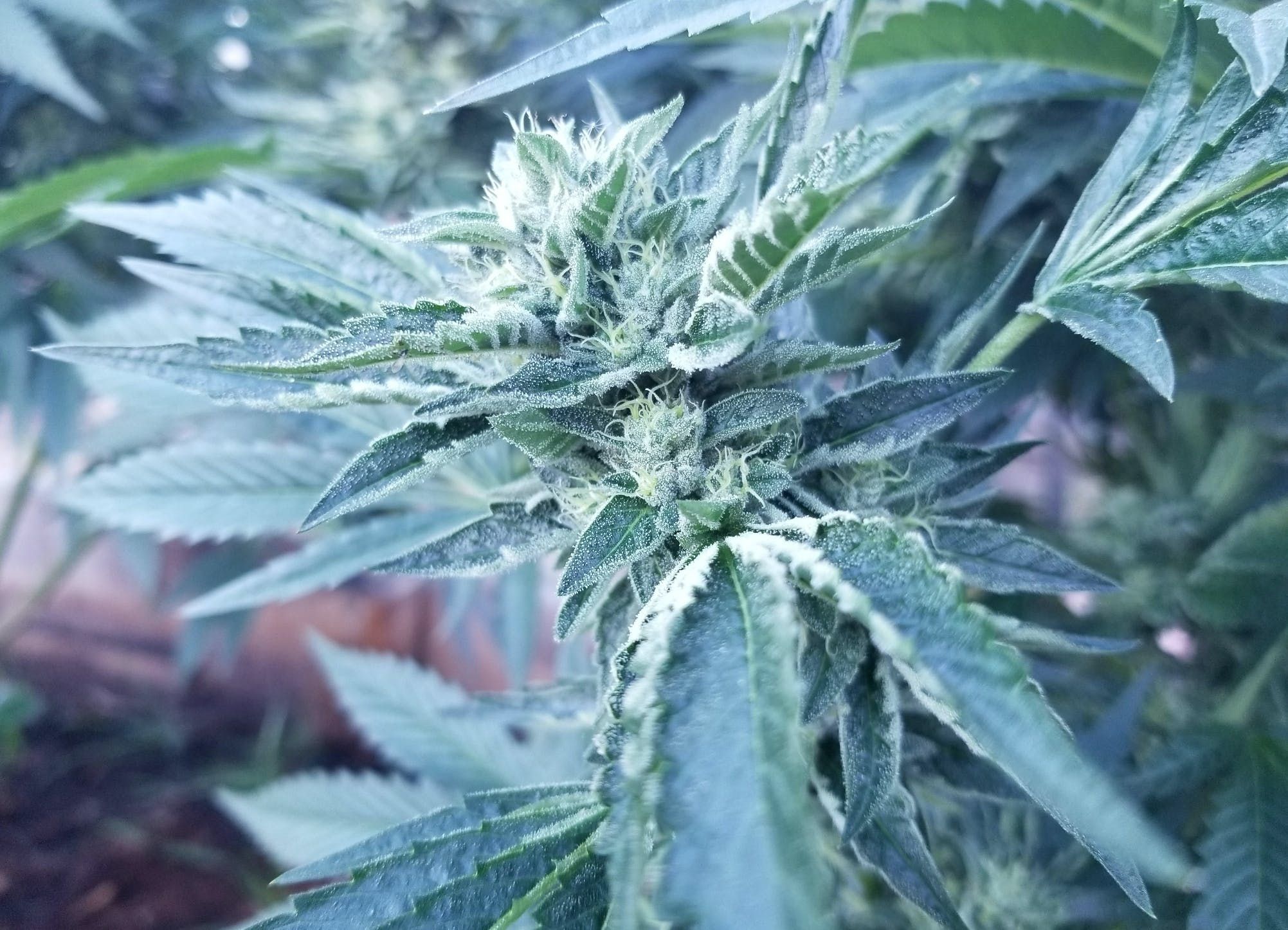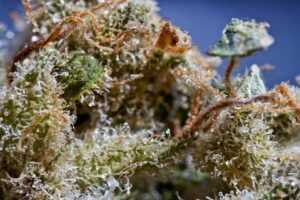If you’ve ever browsed through online content about marijuana, chances are you’ve heard the terms indica, sativa and hybrid. These names for the different categories of cannabis are everywhere throughout the cannabis world, but they can sometimes be confusing. If you find yourself unsure of what indica, sativa and hybrid mean, don’t worry. You aren’t alone.
Still, this distinction is an important one to understand. And it can help you navigate through the many different types of cannabis along with the varying effects that they produce. We’ll break down the differences between indica, sativa and hybrid marijuana strains and how understanding these categories can improve your experiences with cannabis.
Indicas Came From the Kush Mountains While Sativas Grew Near the Equator
Cannabis is a complex medicinal plant. While many talk about it like it’s just one type of medicine, it contains much more than just a single compound. Coming in many different genetic varieties called strains, cannabis can produce hundreds of different medicinal chemicals, and an even larger variety of different chemical profiles. For each strain, there’s a different chemical profile with a unique set of effects (and these profiles can even differ among examples of the same strain).
One cannabis strain may make you tired, while another could make you feel very energized. One may be particularly helpful for pain relief, while another may actually make your pain worse. One marijuana strain may make you anxious while another could leave you relaxed. So, to use cannabis effectively, it’s important to find a strain that can produce your desired effects.
The most basic distinction in cannabis strains is between indicas, sativas and hybrids. These terms originated as a genetic distinction between two lineages of cannabis:
The indica marijuana strains were originally cultivated in or near the Kush mountains in:
- India
- Nepal
- Afghanistan
- Bangladesh
- Pakistan
The sativa cannabis strains were first grown near the equator in:
- Colombia
- Mexico
- Thailand
As these genetics were brought to other areas, like North America, they were bred together creating hybrid cannabis strains.
Still, this is just the beginning of a much more complicated picture. These days, we don’t have many pure indicas or sativas left—just a whole lot of hybrid strains. But if you walk into an LP, you’re likely to see a category for each.
The truth is, people have started to use the distinction differently. Now it’s used more as a way to describe the effects you’re likely to experience from the strain. When an LP lists a cannabis strain as an indica, it just means it will give you effects you’d expect from an indica.
So, what are the effects you can expect from these three categories?
Indica Cannabis Strains Produce Sedative Body Highs
Indicas are traditionally suggested for nighttime use, as their sedative and sleepy effects can leave some feeling too tired to function during the day. This sedative quality makes them ideal for those who need to rest. That said, some find them more relaxing than sedative, and enjoy them during the day as well.
Indicas usually produce a relaxed, heavy feeling throughout the body, coupled with strong pain and tension relief. This makes indicas particularly helpful for those with:
- Anxiety
- Chronic pain
- Chronic tension
- Sleep disorders
Folks who avoid indicas usually say it’s because these cannabis strains leave them feeling too sleepy. People sensitive to the sedative effects of indicas may find themselves feeling “couch locked” (a term that means you don’t feel like moving), groggy or otherwise nonfunctional when taking these strains. If you find this is the case when you consume indicas, try switching to sativas or hybrids.
Sativa Marijuana Strains Impart Energizing & Mind-Altering Effects
When it comes to sativas, these cannabis strains are far from sedative. Usually suggested as daytime medicine, sativas are energetic and tend to have the most noticeable effects on mental activity.
This cerebral high can sometimes promote focus and creativity, or sometimes leave your mind hazy, depending on the strain. Sativas also offer relief from pain and anxiety like indicas, but can also produce anxiety for folks extra sensitive to sativas’ effects.
The energetic, cerebral high makes sativa cannabis strains well suited for the daytime treatment of:
- Pain
- Anxiety
- Depression
- Fatigue
- Mental blocks
People who avoid sativas usually do so because either the cerebral high is too intense or because sativas increase their sense of anxiety and paranoia. If you find either happens to you when consuming sativa marijuana strains, try switching to indicas or hybrids.
RELATED: INDICA OR SATIVA? MAKING THE RIGHT CHOICE
Hybrid Cannabis Strains Can Bring a Balanced Mix of Effects
The hybrid category usually applies to marijuana strains that have some characteristics of both indicas and sativas. This means that the hybrid effect profile can vary more dramatically because of all the possible combinations of characteristics.
Still, many hybrids have a grounded effect that isn’t really sedative or energetic, but instead helps maintain a balanced energy. This makes hybrids well-suited for daytime or nighttime use.
Those who use hybrids usually prefer them for:
- Pain and anxiety relief
- The balance they provide between indica and sativa effects
- Flexibility between daytime and nighttime use
It’s rare to find anyone who avoids hybrids in general, because there’s so much variety. But folks may find certain hybrid strains don’t have the blend of effects they’re looking for.
How cannabis makes you feel can vary dramatically from strain to strain, and the effects of the same strain can vary from person to person. That’s why it’s important to try many different cannabis strains out for yourself to see how they affect you.






